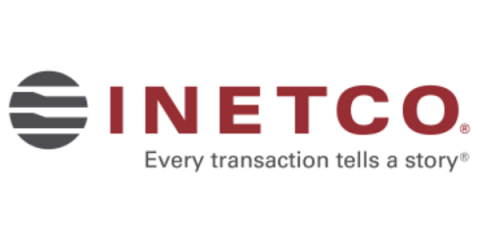The top 10 most-targeted security vulnerabilities - despite patches having been available for years
Newly-discovered zero-day vulnerabilities may generate the biggest headlines in the security press, but that doesn’t mean that they’re necessarily the thing that will get your company hacked. This week, US-CERT has published its list of what it describes as the “Top 10 Routinely Exploited Vulnerabilities” for the last three years.










